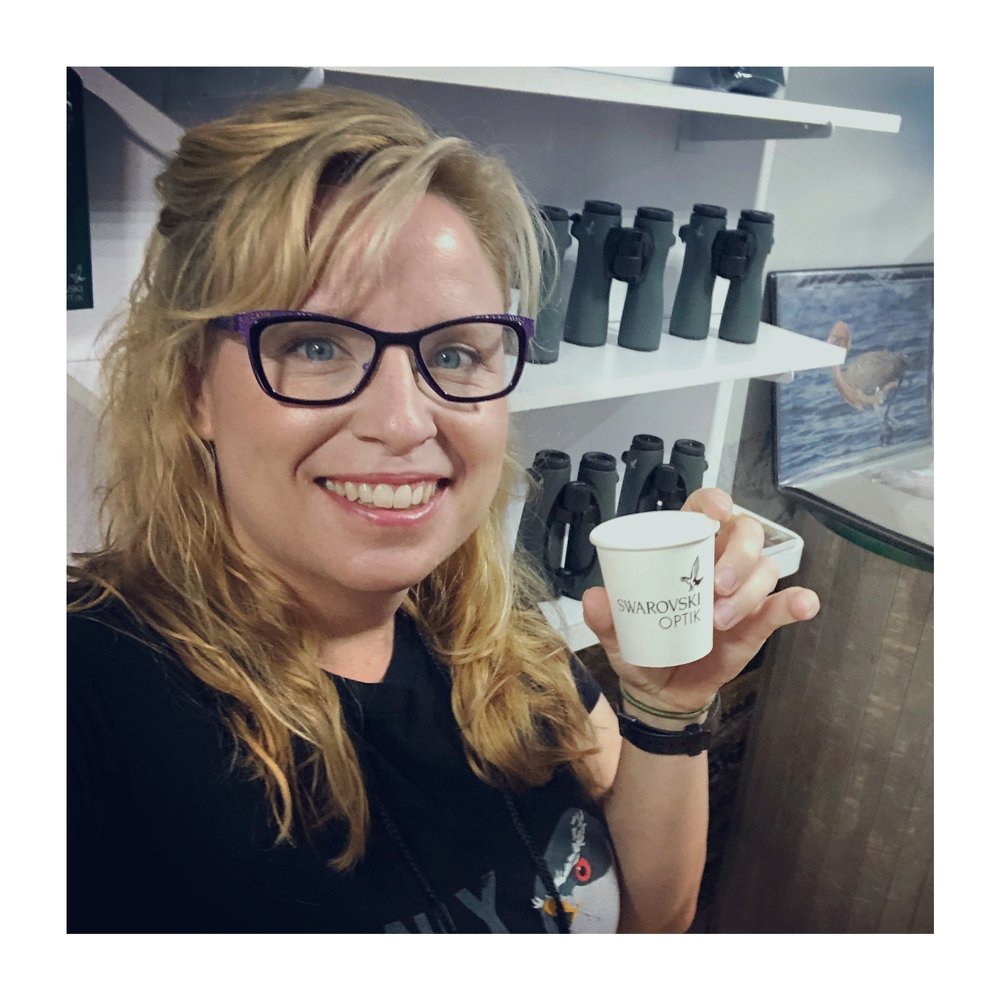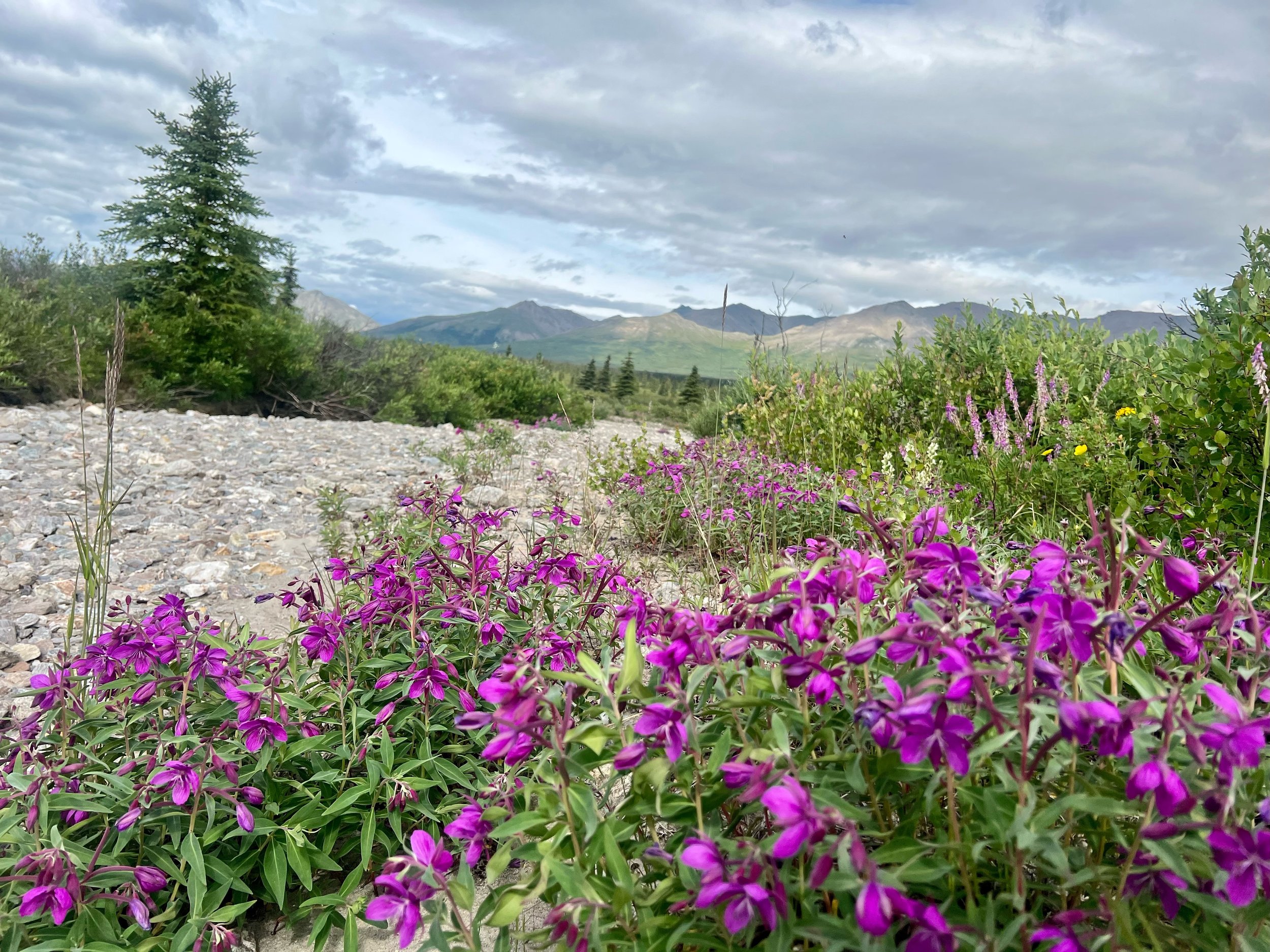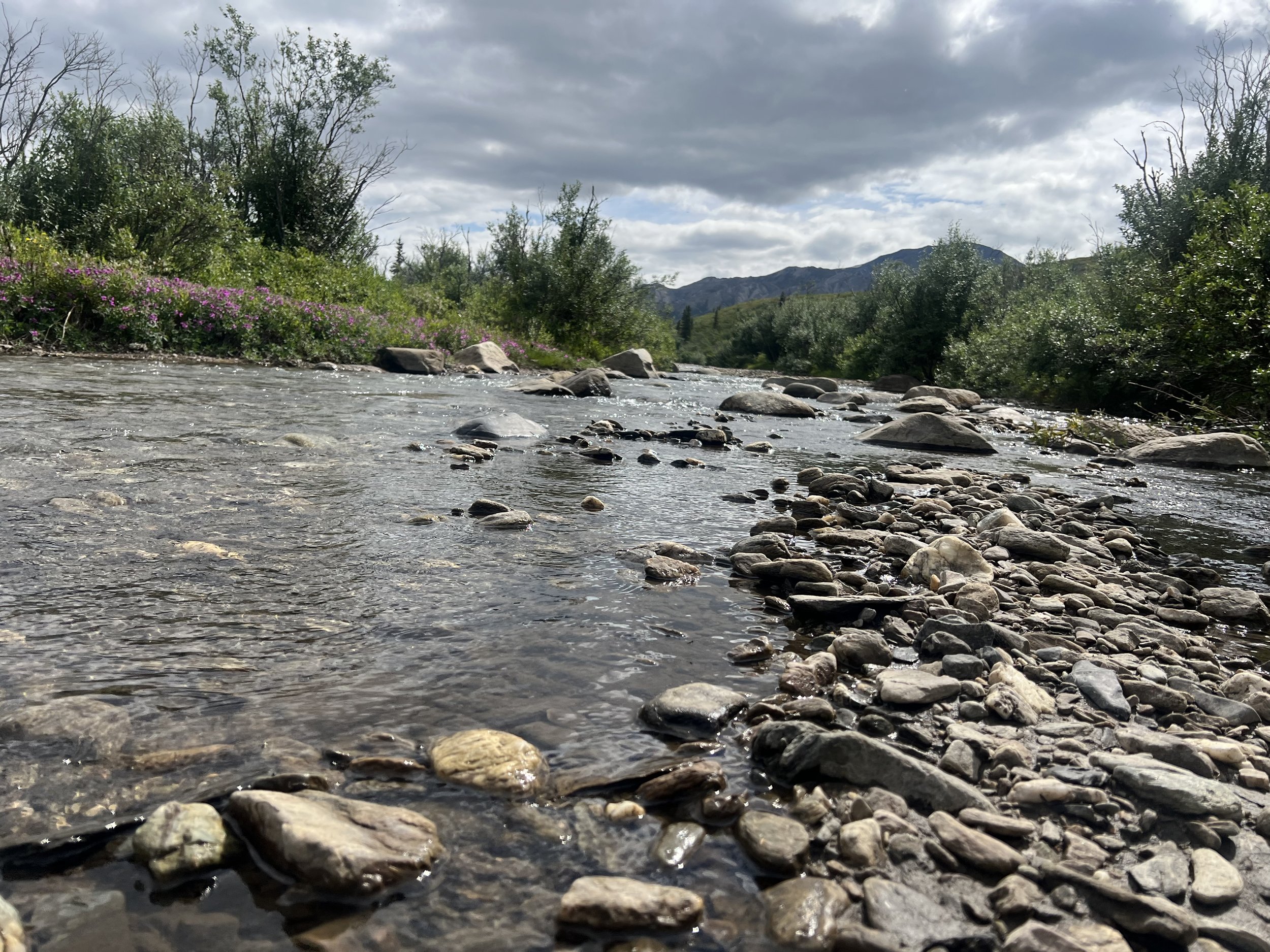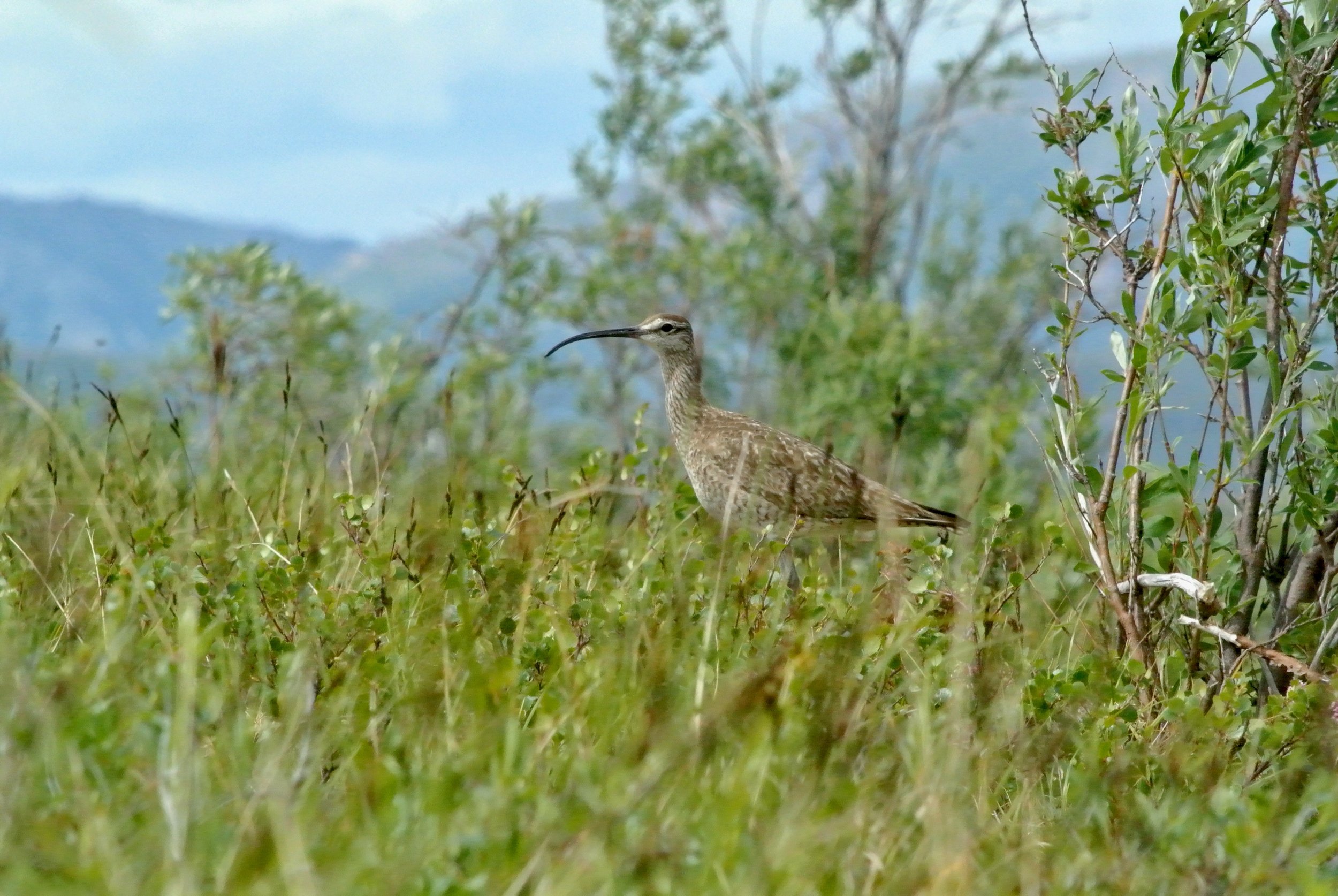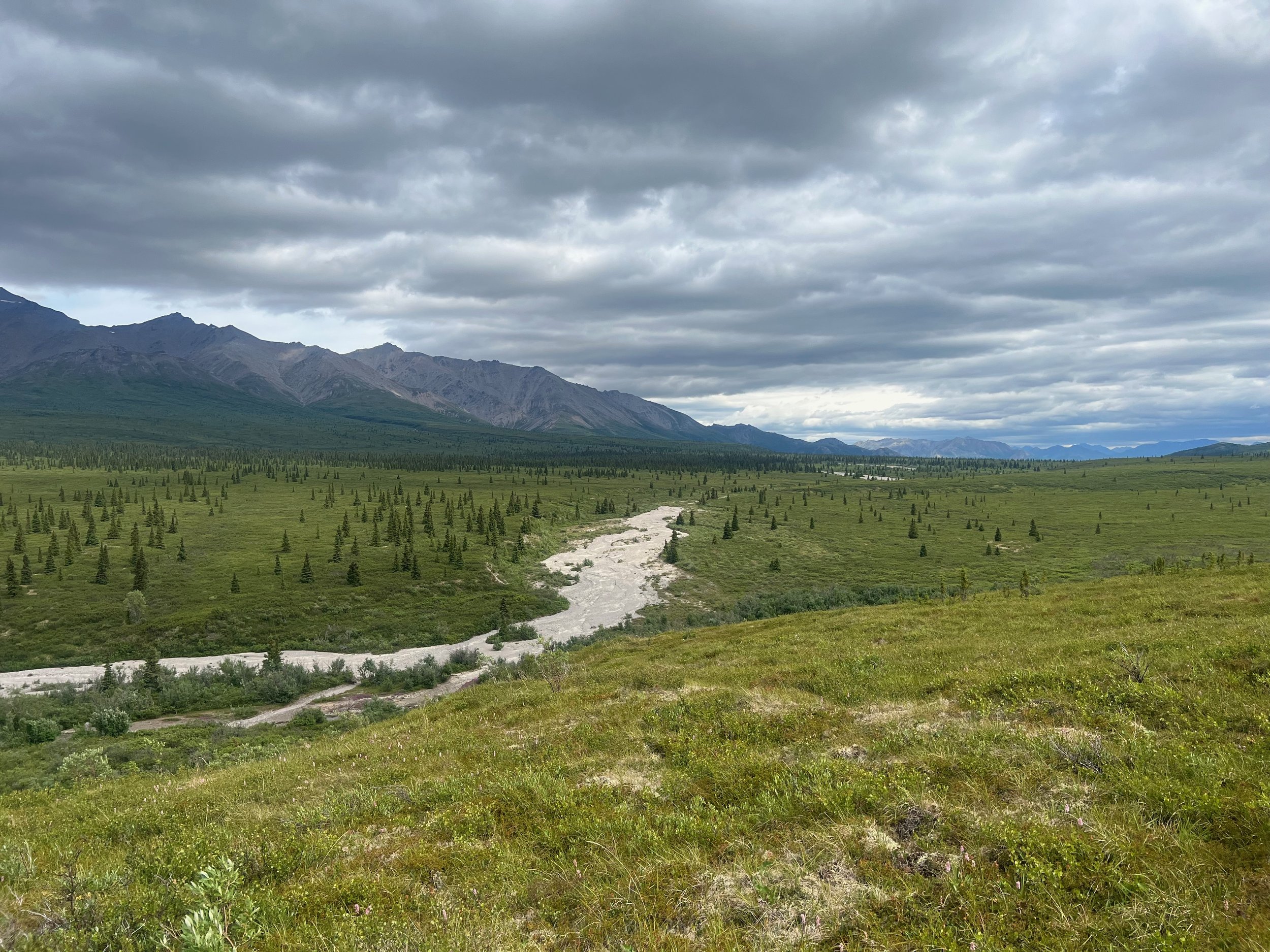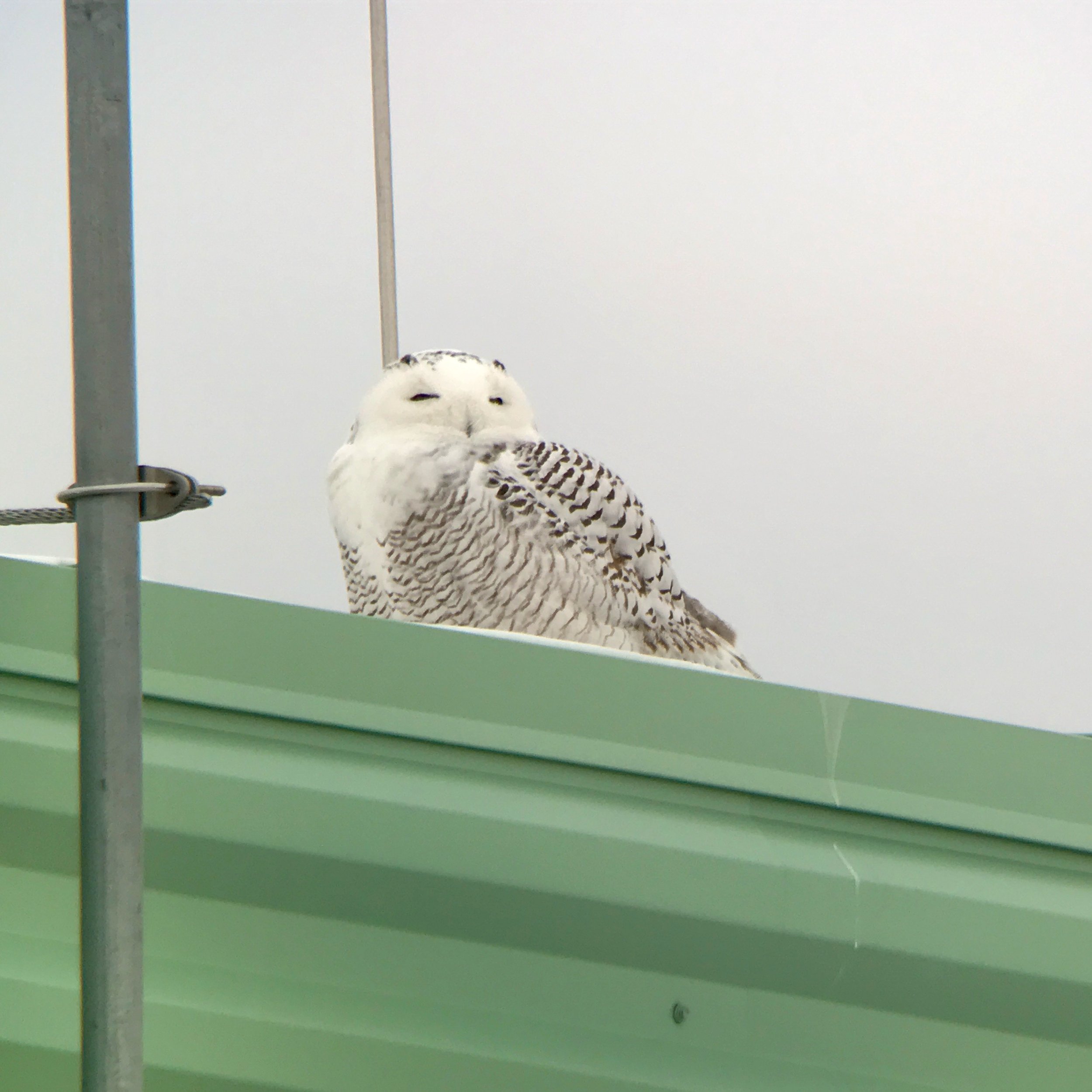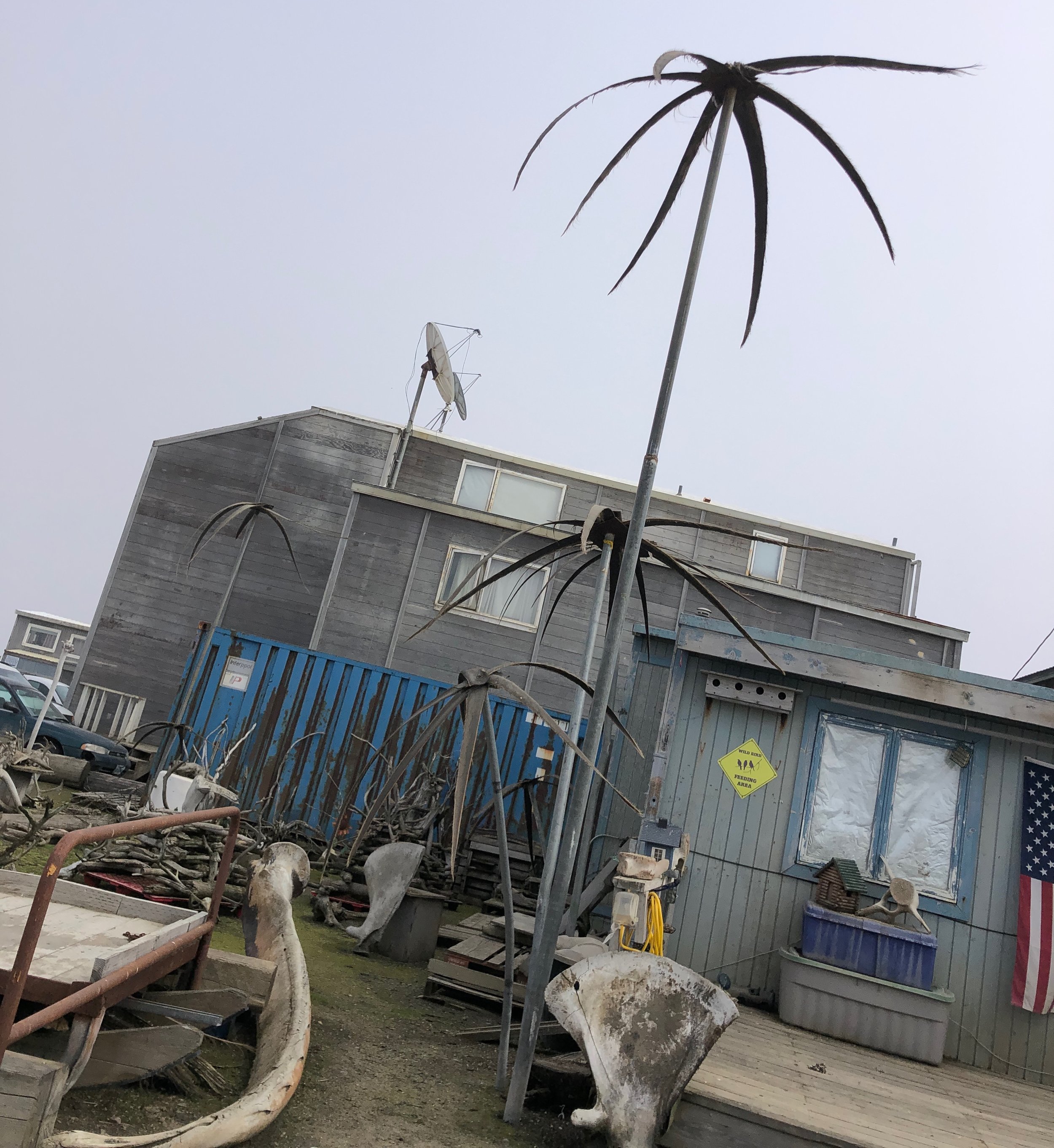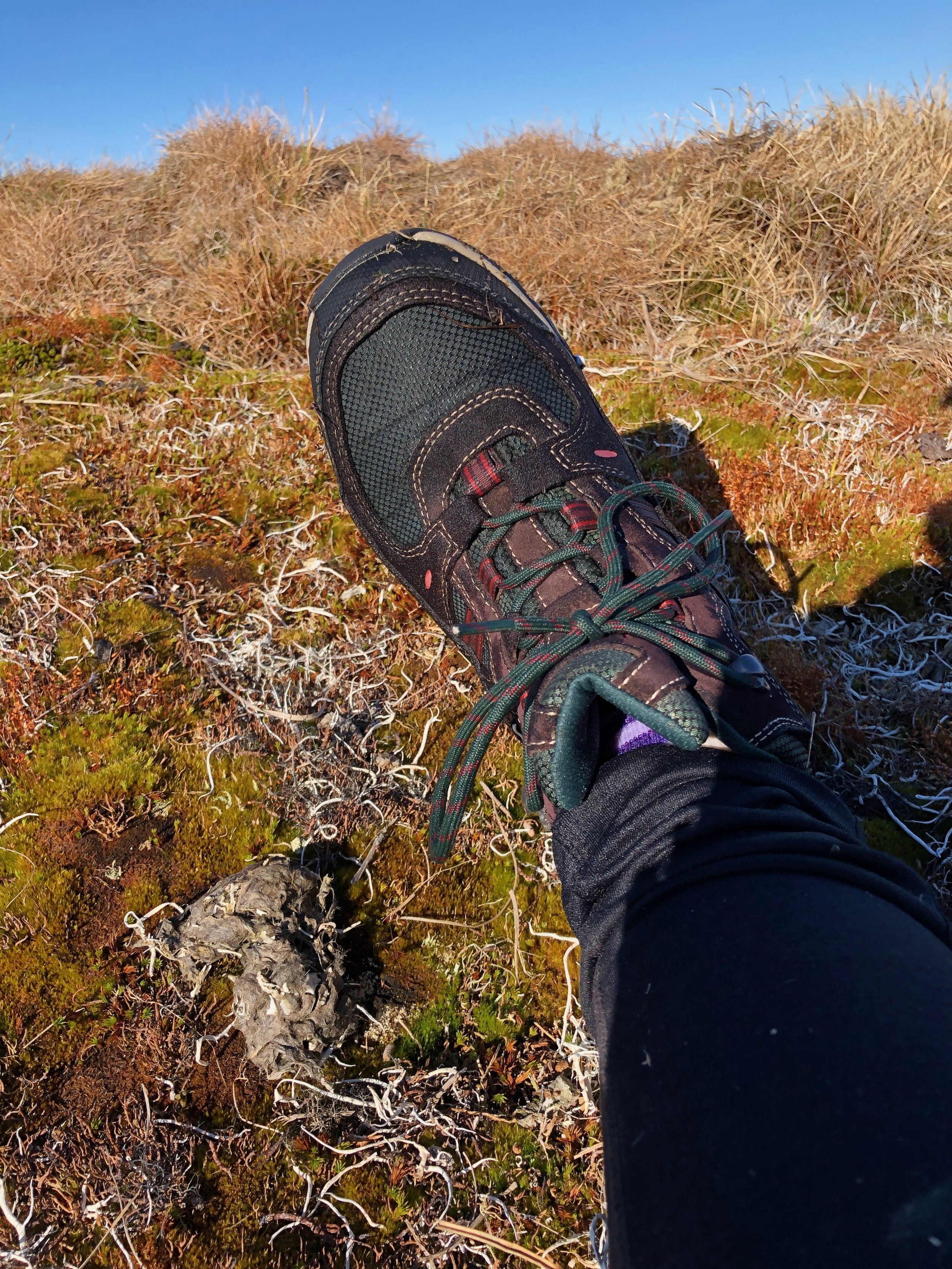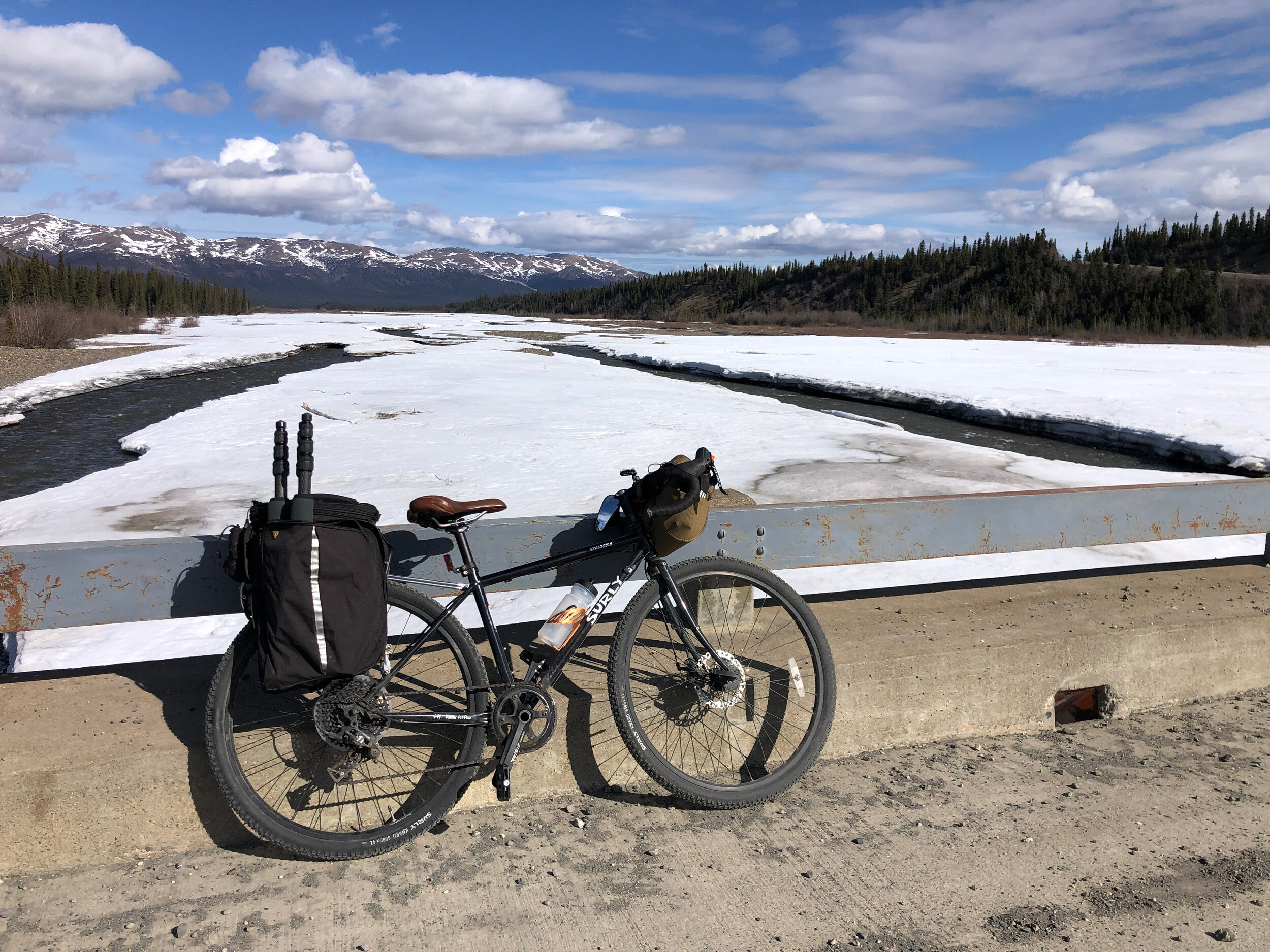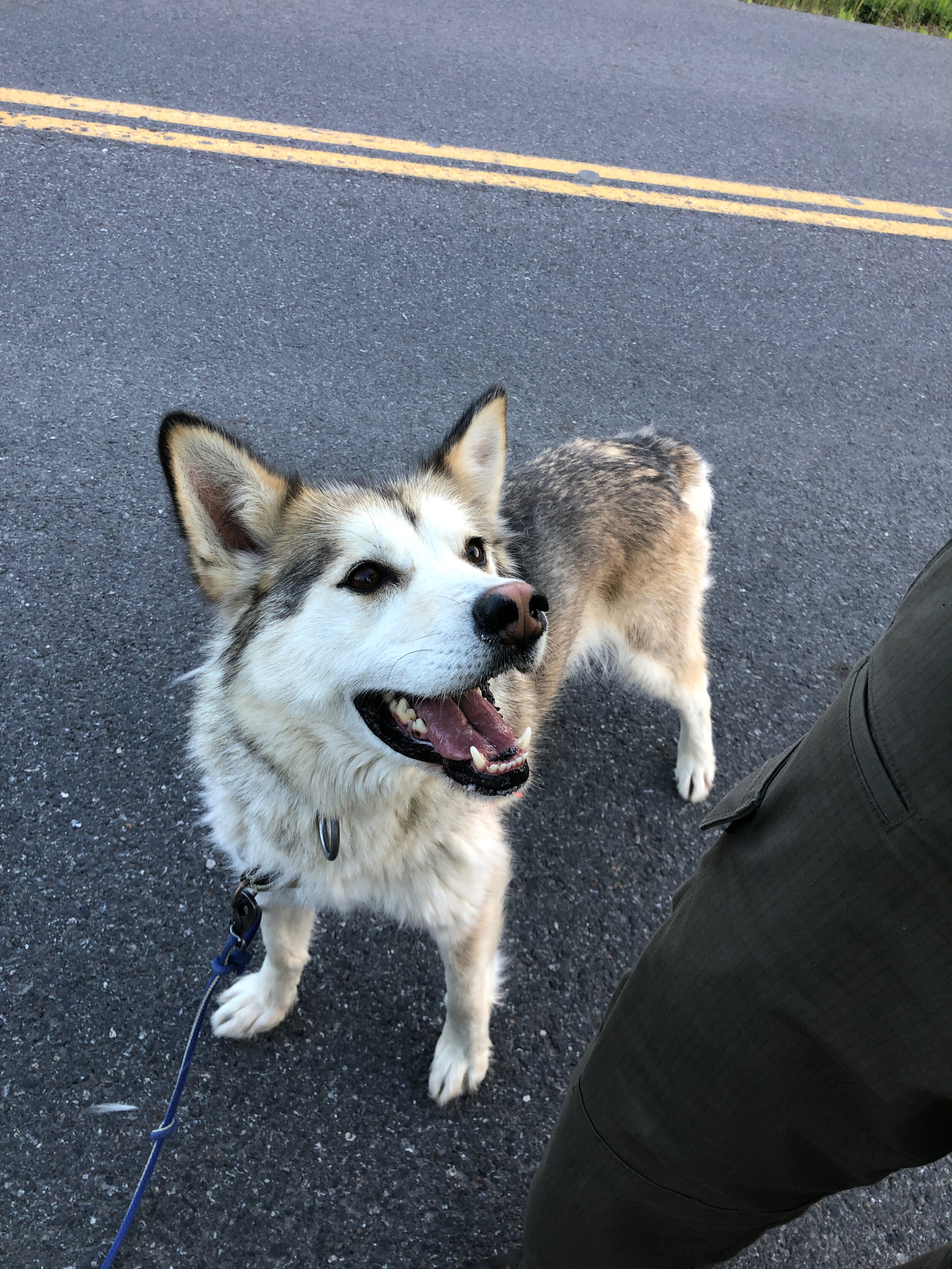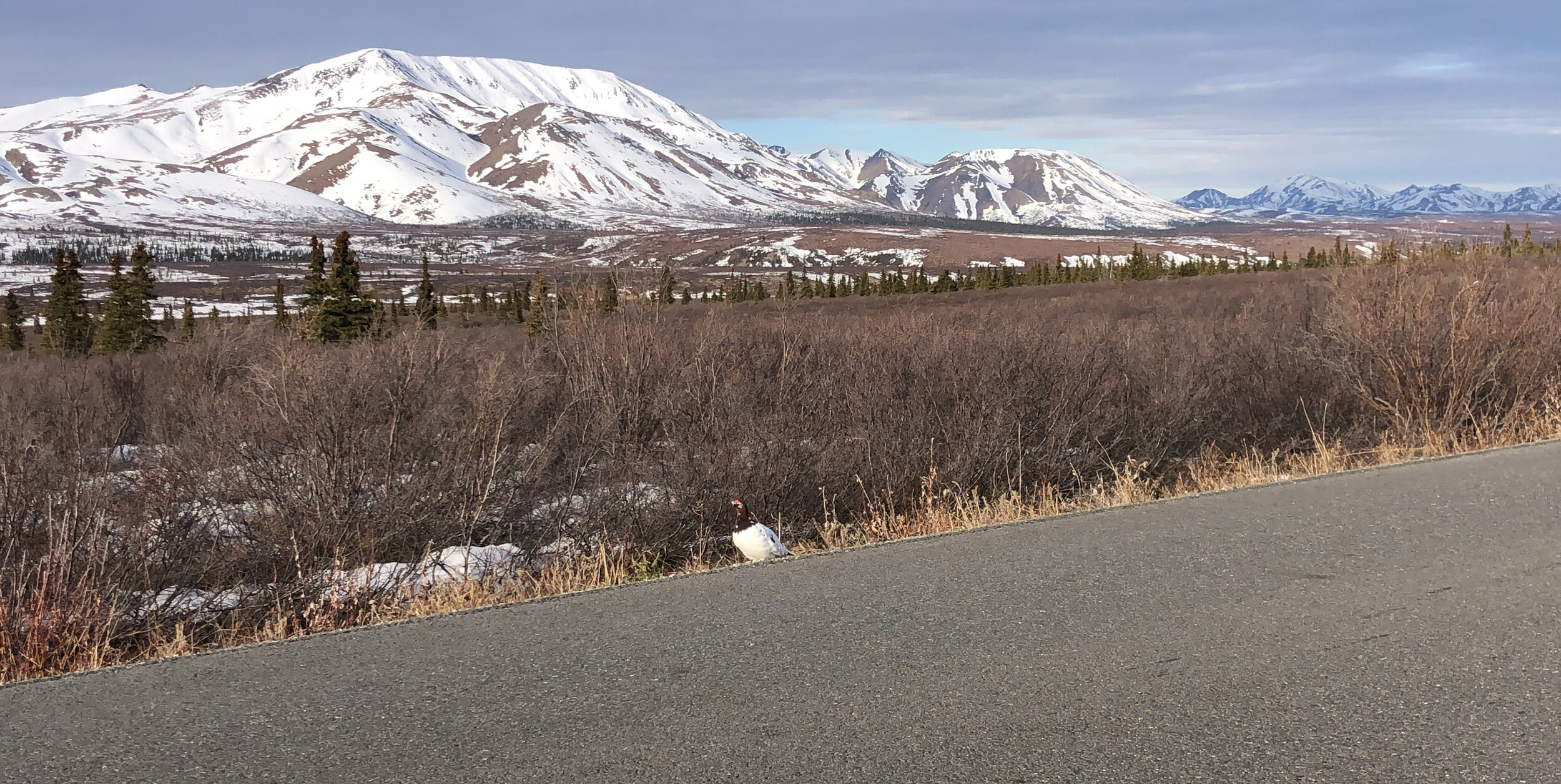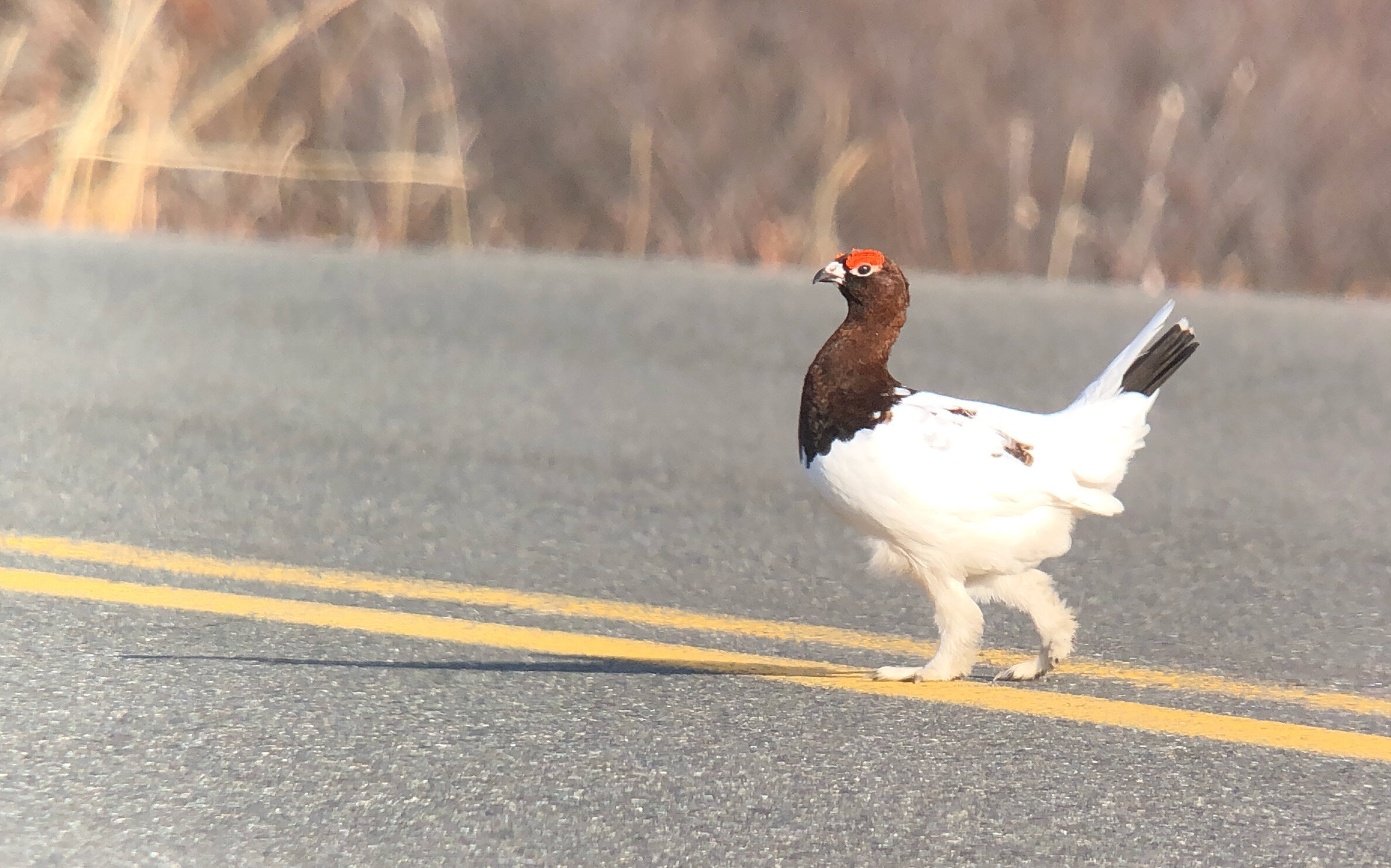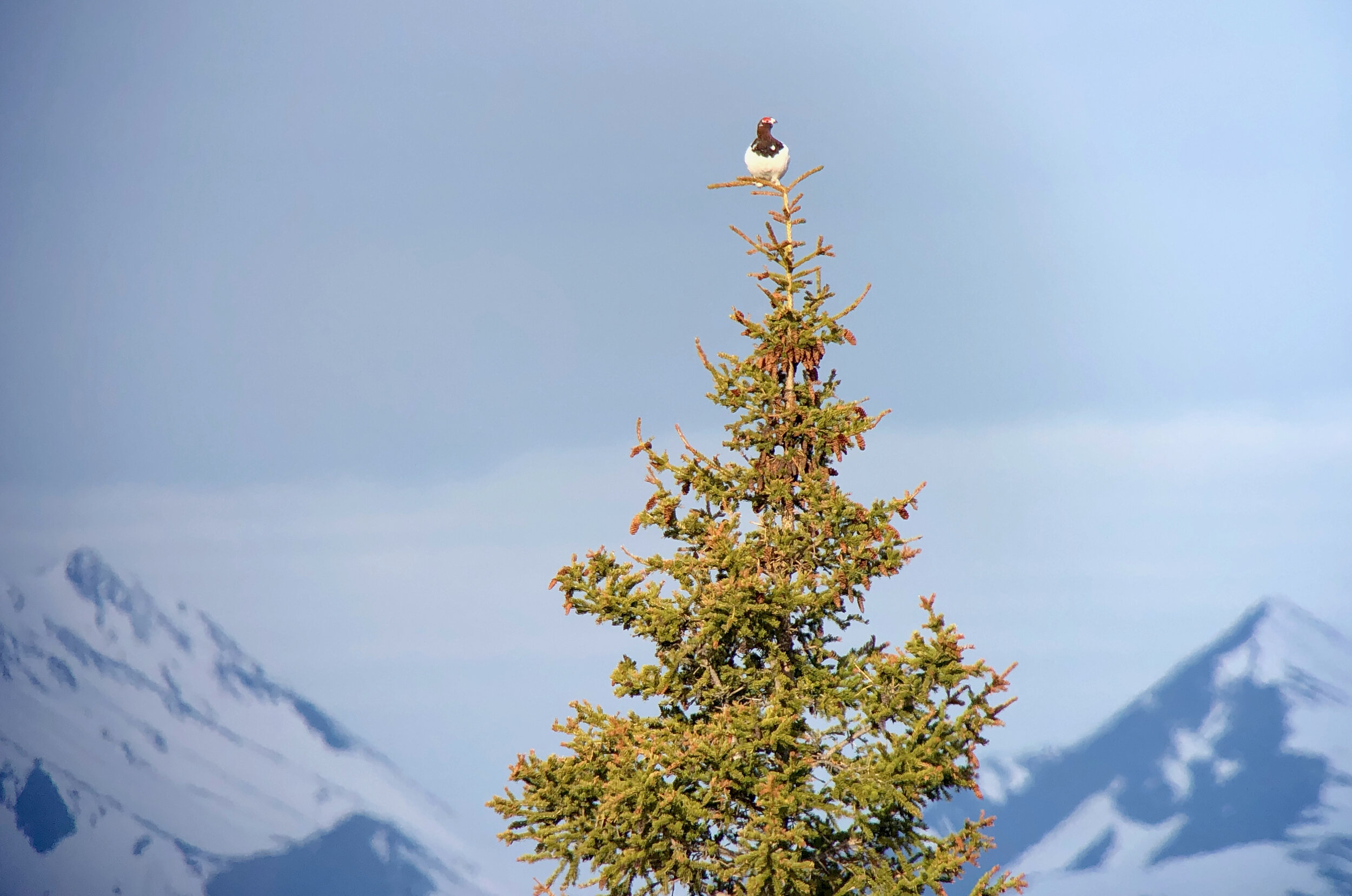What, this blog still works? I know, I blew up my life, moved to Alaska and now all of my writing and creativity goes to a national park.
There are so many birds that I’ve seen and enjoyed over the years, but in many ways I didn’t truly appreciate them. There was a conversation between two men where one said that the outdoors is so much more enjoyable when you what things are. The other man got very defensive and said that he enjoyed the outdoors just as much as anybody and he didn’t need to know the birds, flowers, or trees.
I firmly disagree and the whimbrel is an example of that just being aware of something vs knowing it, is life changing. I know what whimbrels are, I’ve seen them in many places in the Lower 48 of North America. In the grand scheme of shorebirds, they are one of the easier to identify and quite charismatic looking.
This is a whimbrel that I got a photo of while filming a pilot for a birding reality tv show in LA. No, that’s not a joke.
PROOF, took this photo while the whimbrel was about 50 feet away. FYI reality tv shows aren’t scripted, but please note the paper the guy in the middle holding…
I’ve been trying to find photos that I’ve taken of whimbrels and figure out where I was when I took them. I feel like my first whimbrel was exciting but in those heady early days of my birding when I was getting lifers left and right and not quite paying attention to the first sighting because I was getting so many firsts at once. A few photos that I’ve found were from a reality tv show pilot that I filmed, right about the time my book 1001 Secrets Every Birder Should Know came out.
Whimbrels have a crazy beak, not as crazy as a curlew, but still pretty darned distinct. But where whimbrels really got my attention was as we started to study their migration patters and could put transmitters on them to really get an idea of their crazy flights to and from breeding grounds.
Whimbrels on wintering grounds eat quite a few fiddler crabs and it’s thought that the long decurved beak helps them get into their burrows.
In 2009, four whimbrels were tagged by researchers from the Center for Conservation Biology at the College of William and Mary in Virginia on their southward migration. The following spring, one bird left Virginia and flew to Alaska, traveling 3,200 miles in about 6 days in what looked to be a non-stop flight. Before that, we didn’t know that whimbrels on the east coast of the United States would end up in Alaska. Here’s a pretty amazing migration map based on some of those trackers.
But in 2011 the study showed how these birds managed hurricanes but also the many threats that they face. One bird known as “Chinquapin” successfully flew into Hurricane Irene and survived. A bird known as “Machi” flew through Tropical Storm Maria and another knowns as “Goshen” flew through the east side of Hurricane Irene, both eventually landed on Caribbean island of Guadeloupe and were legally shot as part of a fall shorebird hunt. You can read more on the William and Mary website.
I’m told that whimbrels were seen regularly along the Park Road in Denali. I haven’t seen that, I have had a couple of flyovers on the Denali Highway, but haven’t really seen them around where I live now—especially not nesting. One of the things I love about working here is the rich knowledge of the biology staff. There’s lots of careful research and a push/pull of keeping wilderness wild and allowing visitor access. There’s a known decline of whimbrels nesting on the Park Road, but is that a matter of traffic…or loss in other areas like migratory and wintering habitat? Pressures of unregulated shooting? Storms that are impossible to navigate?
Braided river bed off of the Park Road, the only road that goes into Denali National Park and Preserve.
So when some friends told me they were out hiking in Denali about seven miles from my place and had what they thought was a whimbrel, I went out looking for it. Working and living in a park that is roughly the size of New Hampshire (roughly six million acres), its hard to get bored. There aren’t many trails in the park and you are allowed to hike off trail. Sometimes that’s a challenge for a five foot woman navigating willows about as tall as me where I could surprise a grizzly or moose but I always pack bear spray and talk to myself to prevent surprising anyone.
Denali National Park and Preserve is over six million acres in size, roughly the size of New Hampshire. There is only one road through the park and right now, it’s cut off at the halfway point because that part was built on a rock glacier, the ice melted and the road slid away. I took the dry, rocky bed about a mile and a half to Jenny Creek. It was mostly shallow but with my short legs, I was going to have deep areas of very cold water.
Jenny Creek where I could already hear a whimbrel yelling on the ridge on the other side of the creek.
I always calculate the risk and wonder if it’s worth it. I especially do that living in grizzly bear country. I saw the deeper part of the creek, observed the slow of the water and if I could safely navigate it, and noted the steep side of the ridge vs the gradual. Which had more willows to traverse. It looked like the shallow portion of the creek had fewer willows, but a much steeper climb. The deeper part of the creek had a gradual climb, but more willows. Not going to lie, I entertained just keeping with the easy trail fo the dry river bed and forget the whimbrel…then I heard it calling from the top of the ridge, a bird siren song I can’t resist and opted for the shallow end of the creek with the steep hill.
I opted to bring my hiking poles for this trek and so glad that I did since that made the steep grade of the ridge so much easier to climb. The hilarious part is that I later learned my phone took video from my pants pocket. I can hear myself heavily panting and verbalizing my inner monologue to prevent surprising a bear or moose: “Thank you, past Sharon, for bringing hiking poles, good call. pant pant pant. Yo moose, yo bear. pant pant pant. Just a short lady walking through the willows. pant pant pant. Not interested in hunting today. pant pant pant. No cubs for me today. pant pant pant. Come on, old girl, you got this. pant pant pant. Almost there. pant pant pant. Short lady in the willows. pant pant pant”
Whimbrel flying over breeding territory.
The whimbrel started calling more and I started mimicking its call back to the best of my ability which wasn’t great. But I could make it loud enough that I wasn’t going to startle moose and I was doing it poorly enough that whimbrel clearly knew I wasn’t a rival for territory.
My favorite shot of the whimbrel. It’s not Nat Geo material, but I love it because I get a sense of its breeding habitat.
I eventually made it to top without being mauled by a bear and it was a gorgeous view and a lone whimbrel watched me warily and occasionally called. I sat down and took a breather, ate my lunch, gave the whimbrel time to see that I wasn’t a threat and it went on to foraging. There didn’t appear to be a second bird or even chicks, but the bird clearly acted like it was on territory. They should have chicks at this point.
View from the top of the ridge. The dry river bed below is what I used to hike to the area.
I took some time to just soak up the weirdo life I have now. Birding in Interior Alaska is so different. It’s not like living in Minnesota where a short drive will net me 50 species and lots of opportunities for photos and videos. In the winter, it’s downright BLEAK and there are days when I will see or hear only one species of bird a day. If the roads are nice enough, I’ll drive the 16 miles to the Three Bears parking lot to look at ravens out of desperation for anything live bird related.
But even in summer, it’s still not the hoards of birds you think of May and June in the Lower 28. My walk up to the whimbrel spot got me 8 species of birds. Lovely birds like fox sparrow and Wilson’s warbler but it’s not the same as being on a coast. But I’ve learned to savor the time I have with birds in the summer and especially in the case of shorebirds, get to know them in a completely different way—some of them even perch in trees! The whimbrel has its wintering grounds version of itself and its breeding grounds self is different. On the wintering grounds, they eat lots of fiddler crabs, up here…they’ll eat berries. What? A shorebird eating berries? Madness.
And to a certain extent, living up here is doing the same to me. Alaska Sharon is different than Minnesota “Birdchick” Sharon, simply because life up here has so many challenges. In some ways it is exhausting: calculating daylight, chances of hitting moose in the dark, how passable roads are and do I really need a salad that badly in February…couldn’t I just keep eating the canned carrots and frozen broccoli? But in other ways it’s so crazy weird and beautiful like the time your neighbor asks if they can swap you five pounds of roadkill moose in exchange for your bottle of Prosecco (that was an excellent trade).
A snippet of whimbrel breeding habitat.
I opted for the walk back to take the less steep slope of the ridge and the deeper end of Jenny Creek. It was in the upper sixties and mostly sunny which in the land of non stop daylight, makes for warm hiking. The cold creek felt good on my feet and thighs. I made it back with glimpses of caribou but no moose and no bears—which is fine. My preferred encounters with those species is from a vehicle and the moose are so thick in my neighborhood in May and June, I’ve had enough.
If you’d like to read more about whimbrels, do check out All About Birds and if you really want to find out who much we don’t know, check Birds of the World (that requires a subscription but is so worth it.
